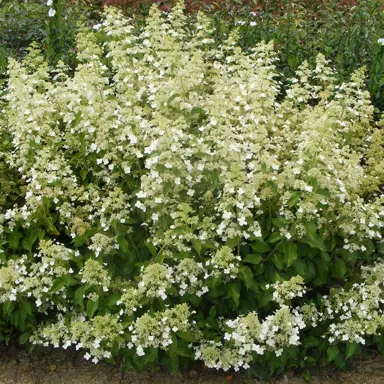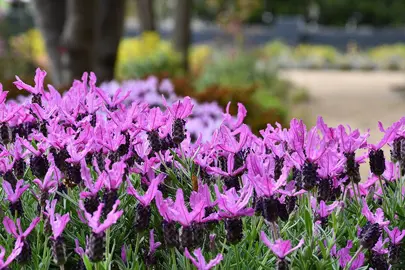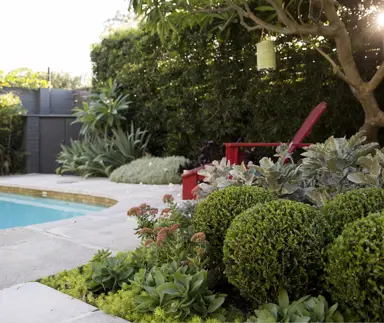Hydrangea paniculata (Panicle Hydrangea)
Hydrangea paniculata is a hardy and versatile shrub species loved for its large, upright panicle flowers that bloom in shades of white, cream, pink, and red. Unlike mophead types, paniculatas tolerate more sun and thrive in a broader range of conditions, making them ideal for New Zealand gardens. These deciduous shrubs bloom from mid- to late summer, adding stunning vertical interest to borders, hedges, and feature plantings.
Hydrangea paniculata is currently unavailable, but we do have other other amazing species and varieties of Hydrangea available.
explore them hereNotify me when this is available:
Please enter your email address below if you would like to know when it becomes available again.











